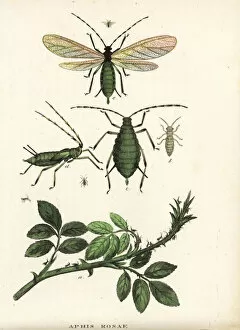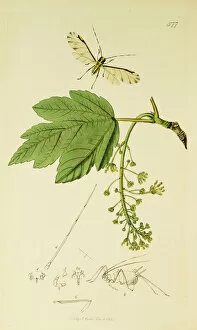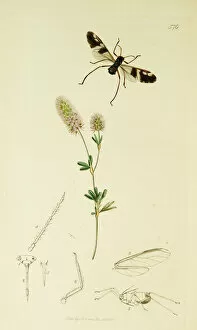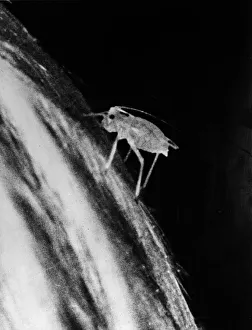Aphis Collection
The Aphis, a name that resonates with various contexts and species, holds a significant place in history and nature
All Professionally Made to Order for Quick Shipping
The Aphis, a name that resonates with various contexts and species, holds a significant place in history and nature. In the early 1900s, the Royal Navy proudly sailed HMS Aphis, a vessel that symbolized strength and resilience. Meanwhile, on land, the delicate rose bushes faced their own battles against the Rose Aphid (Aphis rosae), as depicted in Curtis British Entomology Plate 577. Nature's intricate web continued to unfold as Virginia bluebells found themselves hosting aphids alongside bedbugs. The enchanting scene captured by Curtis British Entomology Plate 576 showcased this unexpected coexistence. However, not all encounters with aphids were harmonious. Engravings from "The Pictorial Museum of Animated Nature" revealed the re-appearance Vastator on potato plants—an unwelcome sight for farmers striving for healthy crops. Throughout history, engravings like "Insects injurious to cotton and corn" (1873) and "Insects injurious to wheat" (1873) shed light on the destructive impact of these tiny creatures on vital agricultural resources. Yet amidst these challenges emerged moments of awe-inspiring beauty. Close-up shots unveiled intricate details of an Aphis specimen—its delicate body adorned with vibrant colors—a reminder that even within seemingly insignificant beings lies extraordinary artistry. Within this diverse family of insects resides another fascinating duo: the European Elm Leafcurl Aphid (Eriosoma ulmi) and its smaller counterpart—the Green Apple Aphid (Aphis pomi). These two species intertwine their destinies upon leaves and branches while leaving us marveling at nature's intricacies. From naval expeditions to entomological discoveries, from agricultural setbacks to captivating close-ups—aphids have woven themselves into our world's tapestry. Their presence serves as a constant reminder that even within minute organisms lie stories waiting to be explored and appreciated.













